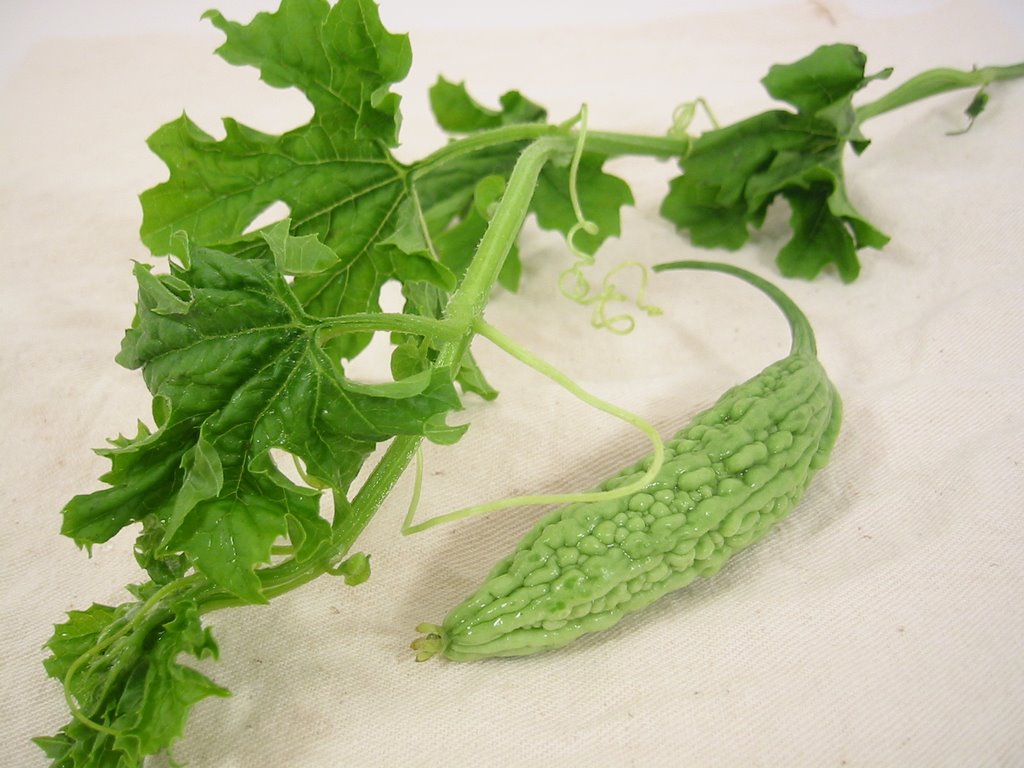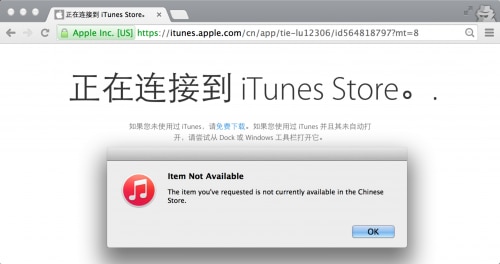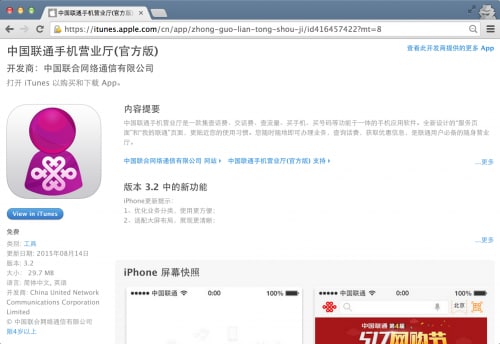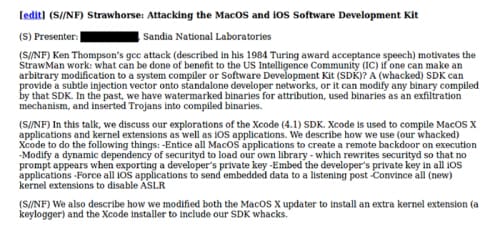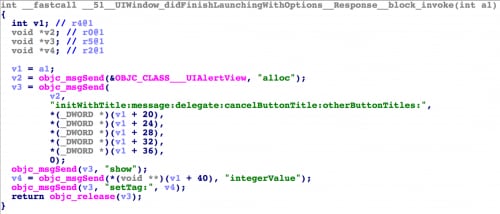Health benefits of Bitter melon (Momordica charantia)
Info reposted from url
http://www.herbcyclopedia.com/item/health-benefits-of-bitter-melon-momordica-charantia-2
HEALTH BENEFITS
TAGS: BITTER MELON, DIABETES, FAMILY: CUCURBITACEAE, HEALTH BENEFITS, HYPOGLYCEMIC,MOMORDICA CHARANTIA, WOUND HEALING
500 years ago African slaves arrived to America, bringing not only a rich cultural heritage and their traditional folklore but also herbs and fruits that rapidly propagated in America and became with the pass of the years part of their own culinary and cultural heritage.
Bitter melon is one of them. Additionally, bitter melon has also become part of some traditional remedies due to the multiple properties and health benefits that it exerts. Image: See credits under ref. [26] below.
MOMORDICA CHARANTIA
Family: Cucurbitaceae
Genus: Momordica
Common name: Bitter melon, bitter gourd or bitter squash, Pavakai in Tamil, Karela in Urdu.
BACK TO AFRICAN SLAVES TIMES
When African slaves arrived to America, back in the 15th century, their access to medical resources and therapies was very limited, they had to rely in their own “traditional herbal remedies”.
Some of these cultural beliefs and traditional practices were more effective than others, but almost all of them were based on years of experience accumulated addressing medical conditions and ailments that were treated by their African ancestors using medicinal herbs and plants that serve for the purpose.
One of these plants is Momordica charantia (Bitter melon), also known as bitter melon, bitter gourd or bitter squash, Pavakai in Tamil, Karela in Urdu [1], that belongs to the Cucurbitaceae family, a family that also includes squashes, melons and gourds [11].
500 YEARS AGO, BITTER MELON COMES TO AMERICA
500 years ago African slaves used herbs as Bitter melon (Momordica charantia) without knowing why they exerted these medicinal effects.
Bitter melon was used back then to treat illnesses as diabetes and malaria, not knowing whichactive constituents from Bitter melon (Momordica charantia) could be the ones exerting these beneficial properties, maybe not even knowing that Bitter melon (Momordica charantia) contained any active constituents at all.
Now, 500 years later, the estate of technical development has achieved quite an advance, being able to identify the active constituents responsible for the medicinal properties exerted by Bitter melon (Momordica charantia), and also identifying many others exerting even more beneficial properties for other illnesses and ailments, some of them as important as leukaemia and cancer. Let's see some of those.
BITTER MELON AND DIABETES
 The use of Bitter melon (Momordica charantia) for diabetes has been reported in the Ayurvedic and Chinese systems of medicine [15], but only explained since recently by scientists, who discovered some active constituents present in Bitter melon that was able to act on a similar way as insulin, with the only difference that insulin stops the use of fat as an energy source by inhibiting the release of glucagon [11] and Bitter melon inhibits key carbohydrate hydrolysing enzymes as α-amylase and α-glucosidase [10,11].Image right: Momordica charantia by Kazuhiro Keino under Creative Common license (CC BY 2.0).
The use of Bitter melon (Momordica charantia) for diabetes has been reported in the Ayurvedic and Chinese systems of medicine [15], but only explained since recently by scientists, who discovered some active constituents present in Bitter melon that was able to act on a similar way as insulin, with the only difference that insulin stops the use of fat as an energy source by inhibiting the release of glucagon [11] and Bitter melon inhibits key carbohydrate hydrolysing enzymes as α-amylase and α-glucosidase [10,11].Image right: Momordica charantia by Kazuhiro Keino under Creative Common license (CC BY 2.0).
The study showed how Bitter melon exerted a hypoglycemic action and could be studied as an alternative nutritional therapy in the management of diabetes [10], in fact Bitter melon (Momordica charantia) is used as anti-diabetic plant because of its hypoglycemic effect [12].
Studies have shown that Bitter melon (Momordica charantia) repairs damaged β-cells, increases insulin levels, and also enhance the sensitivity of insulin [14].
From the active constituents found in Bitter melon (Momordica charantia) thought to exert these hypoglycemic properties, namely charantin, momordenol and momordicilin, the study showed that momordicilin was found as the most active compound in the respective target site [12].
Karela (Momordica charantia) contains Gurmarin, a polypeptide considered to be similar to bovine insulin and has been shown in clinical studies to achieve a strong sugar regulating effect by suppressing the neural responses to sweet taste stimuli [24,25].
Other commonly used supplements making use of the hypoglycemic effects include emblica officinalis (gooseberry), fenugreek, green tea, and cinnamon [13], this last one used in many diets including teas of honey and cinnamon.
BITTER MELON FOR WOUND HEALING IN DIABETIC PATIENTS
Wound healing is a very complex process that requires different phases to take place in order, from haemostasis, to inflammation, proliferation and finally remodeling. In diabetic patients wound healing is grossly impaired and results many times in chronic wounds failing to heal.
Some herbs as Bitter melon (Momordica charantia), Aloe vera, Calotropis procera, Portulaca oleracea, Acalypha langiana, Plagiochasma appendiculatum have been subject of study [16].
In studies done in diabetic rats, the application of Bitter melon (Momordica charantia) extract improved and accelerates the process of wound healing in diabetic animals [17,18].
ANTI-CANCER PROPERTIES OF BITTER MELON
Eleven active constituents isolated from Bitter melon (Momordica charantia), including two new cucurbitanetype triterpene glycosides, one new sterol, were tested for their Cytotoxicity activities against lung cancer cell line A549, glioblastoma cell line U87, and hepatoma carcinoma cell lineHep3B.
Two of them exhibited significant cytotoxic activities against cancer cells two new cucurbitane-type triterpene glycosides, one new sterol [19].
BITTER MELON AND BREAST CANCER

Breast cancer is one of the most common cancers among women in the United States.
One of the approaches to control breast cancer is prevention through diet, which inhibits one or more neoplastic events and reduces cancer risk [21].
As part of this approach some herbs, fruits and vegetables have been subject of study among scientists and researchers.
In some cases, as for example with the use of Bitter melon (Momordica charantia) extracts, the resulsts of these studies have demonstrated certain effectiveness against breast cancer cells, MCF-7 and MDA-MB-231 cell lines, and the treatment of breast cancer cells resulted in a significant decrease in cell proliferation and apoptotic cell death, suggesting that the use of Bitter melon (Momordica charantia) can be used as a dietary supplement for prevention of breast cancer [21]. Image left: Bixa by Kazuhiro Keino under Creative Common license (CC BY 2.0).
In another study, ribonucleases from Bitter gourd seeds reported also certain anti-cancer properties in some studies [20]. One of these studies, done on the effects of Ribonucleases from Bitter gourd seeds on breast cancer cells, showed that this plant may be a potential agent that could be exploited as a new worldwide agent against breast cancer [20].
BITTER MELON SEED OIL
Eleostearic acid (alpha-ESA) is a conjugated linolenic acid that makes up approximately 60% of Momordica charantia (bitter melon) seed oil.
As studies on the subject showed that a water extract from bitter melon was able to inhibit breast cancer MDA-MB-231 and MDA-ERalpha7 human breast cancer cells, the alpha-ESA acid was also subject of study. The results showed that Eleostearic acid (alpha-ESA) can block breast cancer cell proliferation and induce apoptosis [22].
BITTER MELON SIDE EFFECTS AND CONTRAINDICATIONS: As with other herbs, plants, fruits and vegetables, bitter melon can interact with many physical conditions, as for example lowering blood sugar levels in diabetics (Hypoglycemia), toxicity from the seeds.
It should not be taken by pregnant or nursing women as it can cause bleeding. The information presented in this website is for informational purposes.
Disclaimer: The information presented in this website is not intended to prescribe or give in any way or form medical advice, recommend or diagnose. Please read the disclaimer at the button of this page for more info.
REFERENCES
[1] Antileukemic Potential of Momordica charantia Seed Extracts on Human Myeloid Leukemic HL60 Cells Ramani Soundararajan, 1, 2 , Punit Prabha, 1 Umesh Rai, 2 and Aparna Dixit 1 ,*
[2] Ng TB, Liu WK, Sze SF, Yeung HW. Action of α-momorcharin, a ribosome inactivating protein, on cultured tumor cell lines. General Pharmacology. 1994;25(1):75–77.
[3] 10. Grover JK, Yadav SP. Pharmacological actions and potential uses of Momordica charantia: a review. Journal of Ethnopharmacology. 2004;93(1):123–132.
[4] Lee-Huang S, Huang PL, Chen HC, et al. Anti-HIV and anti-tumor activities of recombinant MAP30 from bitter melon. Gene. 1995;161(2):151–156.
[5] Akihisa T, Higo N, Tokuda H, et al. Cucurbitane-type triterpenoids from the fruits of Momordica charantia and their cancer chemopreventive effects. Journal of Natural Products. 2007;70(8):1233–1239. [PubMed]
[6] Vesely DL, Graves WR, Lo TM. Isolation of a guanylate cyclase inhibitor from the balsam pear (Momordica charantia abreviata) Biochemical and Biophysical Research Communications. 1977;77(4):1294–1299. [PubMed]
[7] Claflin AJ, Vesely DL, Hudson JL. Inhibition of growth and guanylate cyclase activity of an undifferentiated prostate adenocarcinoma by an extract of the balsam pear (Momordica charantia abbreviata) Proceedings of the National Academy of Sciences of the United States of America. 1978;75(2):989–993. [PMC free article] [PubMed]
[8] Barbieri L, Lorenzoni E, Stirpe F. Inhibition of protein synthesis in vitro by a lectin from Momordica charantia and by other haemagglutinins. Biochemical Journal. 1979;182(2):633–635.
[9] Bitter melon (Momordica charantia) extract suppresses adrenocortical cancer cell proliferation through modulation of the apoptotic pathway, steroidogenesis, and insulin-like growth factor type 1 receptor/RAC-α serine/threonineprotein kinase signaling. Brennan VC, Wang CM, Yang WH. Department of Biomedical Sciences, Mercer University School of Medicine, Savannah, Georgia 31404-3089, USA.
[10] Traditional medicinal herbs and food plants have the potential to inhibit key carbohydrate hydrolyzing enzymes in vitro and reduce postprandial blood glucose peaks in vivo. Mahomoodally MF, Subratty AH, Gurib-Fakim A, Choudhary MI, Nahar Khan S. Department of Health Sciences, Faculty of Science, University of Mauritius, Reduit 230, Mauritius.
[11] Wikipedia article on insulin and bitter melon.
[12] Binding Energy calculation of GSK-3 protein of Human against some anti-diabetic compounds of Momordica charantia linn (Bitter melon). Hazarika R, Parida P, Neog B, Yadav RN.
[13] A review of the hypoglycemic effects of five commonly used herbal food supplements. Deng R. Department of Biomedical and Pharmaceutical Sciences, College of Pharmacy, University of Rhode Island, 41 Lower College Road, Kingston, RI 02881, USA.
[14] Antidiabetic potentials of Momordica charantia: multiple mechanisms behind the effects. Chaturvedi P. Department of Biological Sciences, Faculty of Science, University of Botswana, Gaborone, Botswana.
[15] Bitter gourd (Momordica charantia) is a cornucopia of health: a review of its credited antidiabetic, anti-HIV, and antitumor properties. Fang EF, Ng TB. School of Biomedical Sciences, The Chinese University of Hong Kong, Shatin.
[16] Wound healing in diabetes mellitus: traditional treatment modalities. Laitiff AA, Teoh SL, Das S. Department of Anatomy, Universiti Kebangsaan Malaysia, Jalan Raja Muda Abdul Aziz, 50300 Kuala Lumpur, Malaysia.
[17] The effect of topical extract of Momordica charantia (bitter gourd) on wound healing in nondiabetic rats and in rats with diabetes induced by streptozotocin. Department of Anatomy, Universiti Kebangsaan Malaysia, Kuala Lumpur, Malaysia.Teoh SL, Latiff AA, Das S.
[18] Wound-healing property of Momordica charantia L. fruit powder. Prasad V, Jain V, Girish D, Dorle AK. Source Department of Pharmaceutics, Central Drug Research Institute, Chattar Manzil Palace, Lucknow, India.
[19] Structures of new triterpenoids and cytotoxicity activities of the isolated major compounds from the fruit of Momordica charantia L. School of Traditional Chinese Materia Medica, Shenyang Pharmaceutical University, Shenyang, China. Wang X, Sun W, Cao J, Qu H, Bi X, Zhao Y.
[20] RNase MC2: a new Momordica charantia ribonuclease that induces apoptosis in breast cancer cells associated with activation of MAPKs and induction of caspase pathways. Fang EF, Zhang CZ, Fong WP, Ng TB. School of Biomedical Sciences, Faculty of Medicine, The Chinese University of Hong Kong, Shatin, Hong Kong.
[21] Bitter melon (Momordica charantia) extract inhibits breast cancer cell proliferation by modulating cell cycle regulatory genes and promotes apoptosis. Ray RB, Raychoudhuri A, Steele R, Nerurkar P. Department of Pathology, Saint Louis University, St. Louis, Missouri 63104, USA.
[22] Eleostearic Acid inhibits breast cancer proliferation by means of an oxidation-dependent mechanism. Grossmann ME, Mizuno NK, Dammen ML, Schuster T, Ray A, Cleary MP. University of Minnesota, 801 16th Avenue NE, Austin, MN 55912, USA.
[23] Inhibition of MDA-MB-231 human breast tumor xenografts and HER2 expression by anti-tumor agents GAP31 and MAP30. Lee-Huang S, Huang PL, Sun Y, Chen HC, Kung HF, Huang PL, Murphy WJ. Source Department of Biochemistry, New York University School of Medicine, NY 10016, USA.
[24] Subhose V, et al. Bull Indian Inst Hist Med Hyderbad. 2005;35:83.
[25] A compilation of Bioactive Compounds from Ayurveda Ramar Perumal Samy,1 Peter Natesan Pushparaj,2 and Ponnampalam Gopalakrishnakone1,*
[26] Pixabay image  under Public Domain License CC0 1.0 Universal (CC0 1.0).
under Public Domain License CC0 1.0 Universal (CC0 1.0).
http://www.herbcyclopedia.com/item/health-benefits-of-bitter-melon-momordica-charantia-2
te asosi
That's bitterweed, bitter gourd, or bitter melon leaves.
Asosi
Scientific name: Momordica Charantia L.
From the family of: Cucurbitaceae
In Haiti, good for treatment of impotence, anemia, diabetes, hypertension, high cholesterol, and some digestive problems. It kills cancer cells, viruses, and bacteria. It induces abortion in early pregnancy, and promotes milk flow in new mothers.
Also, if you boil these leaves, you may use it as topical treatment for wound care.
http://sweetcoconuts.blogspot.com/2011/05/te-asosi.html?m=1
That's bitterweed, bitter gourd, or bitter melon leaves.
Asosi
Scientific name: Momordica Charantia L.
From the family of: Cucurbitaceae
In Haiti, good for treatment of impotence, anemia, diabetes, hypertension, high cholesterol, and some digestive problems. It kills cancer cells, viruses, and bacteria. It induces abortion in early pregnancy, and promotes milk flow in new mothers.
Also, if you boil these leaves, you may use it as topical treatment for wound care.
Asosi
Scientific name: Momordica Charantia L.
From the family of: Cucurbitaceae
In Haiti, good for treatment of impotence, anemia, diabetes, hypertension, high cholesterol, and some digestive problems. It kills cancer cells, viruses, and bacteria. It induces abortion in early pregnancy, and promotes milk flow in new mothers.
Also, if you boil these leaves, you may use it as topical treatment for wound care.
http://sweetcoconuts.blogspot.com/2011/05/te-asosi.html?m=1


